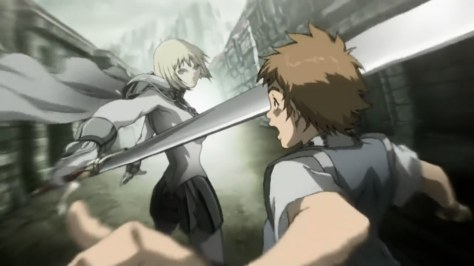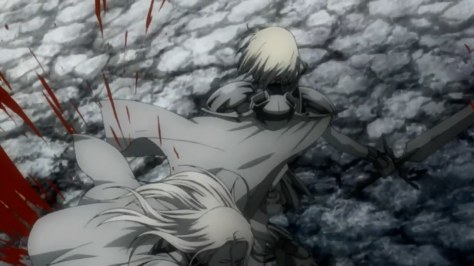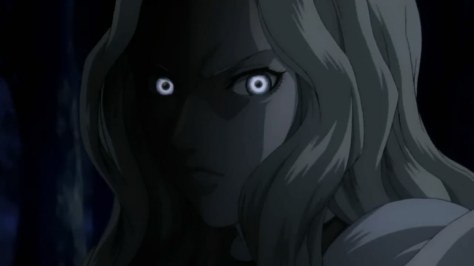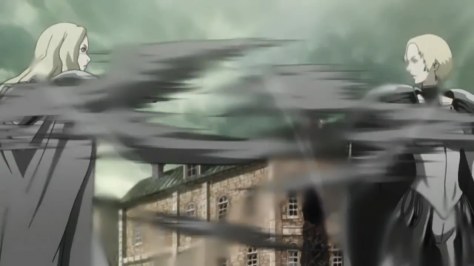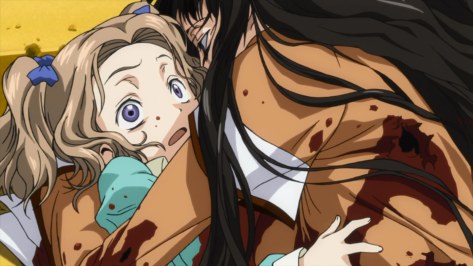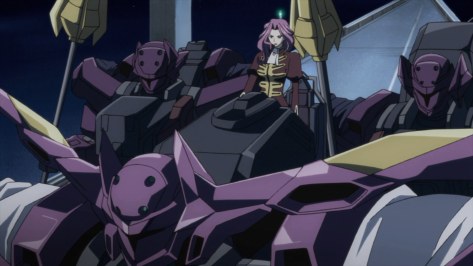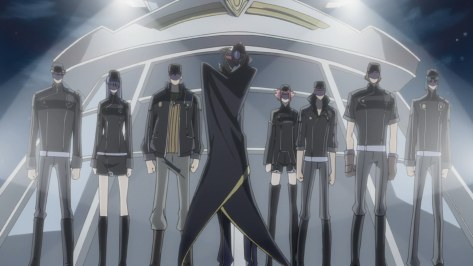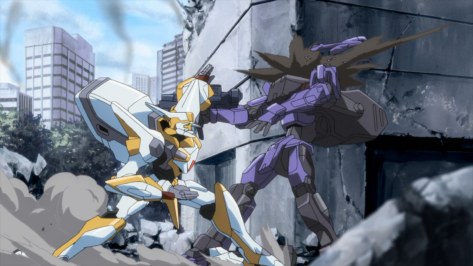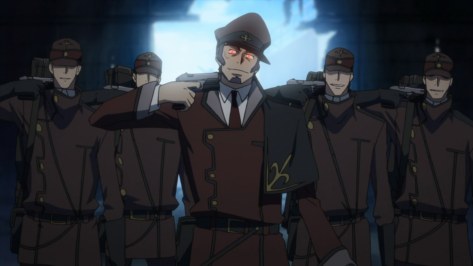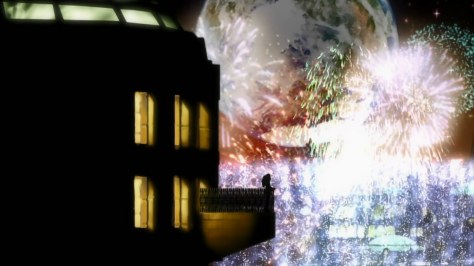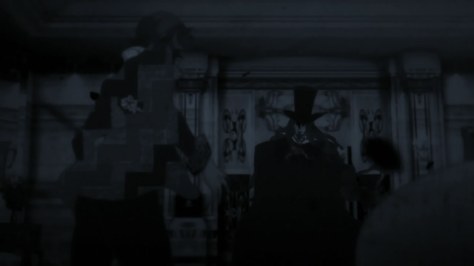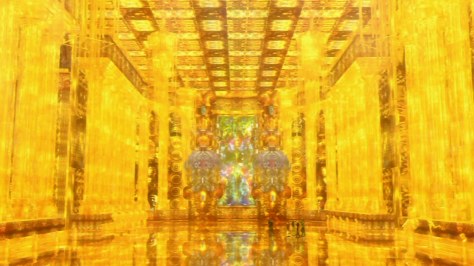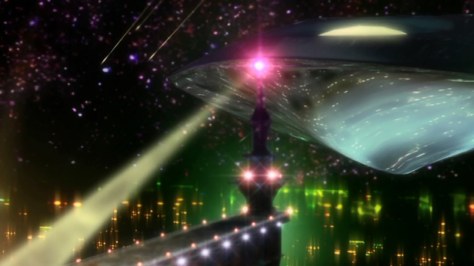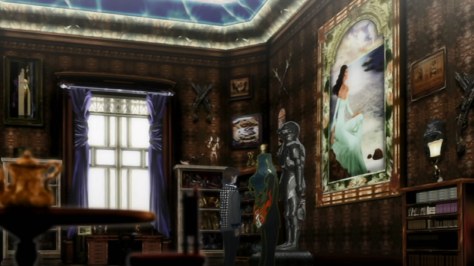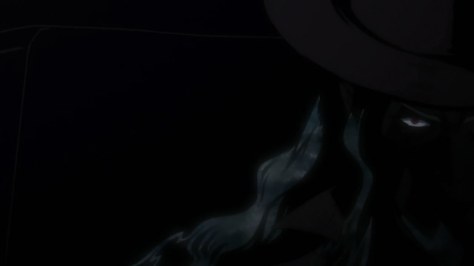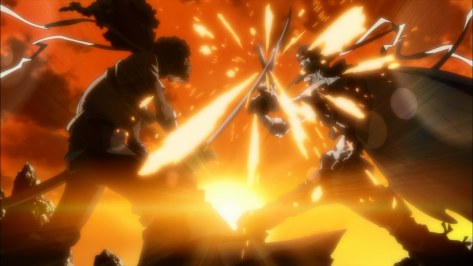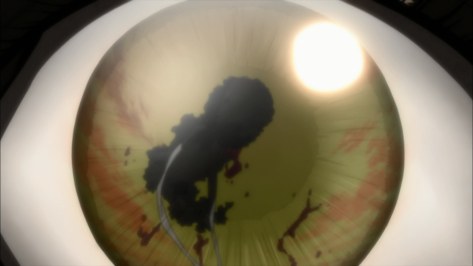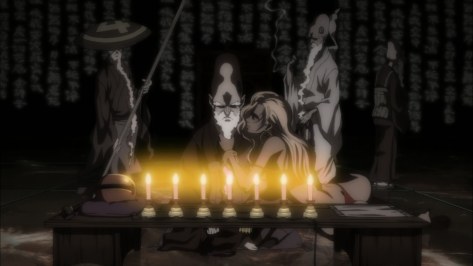Japanese Title: Gungrave
Related: Gungrave (video game basis)
Similar: Berserk
Gankutsuou: The Count of Monte Cristo
Phantom: Requiem for the Phantom
Texhnolyze
Watched in: Japanese & English
Genre: Mafia Drama Action Science Fiction
Length: 26 episodes
Positives:
- Deep characters and development.
- Stylish, fast-paced action.
- Brutal drama.
- Top tier acting for the well-characterised dialogue.
- Less is more.
Negatives:
- The action focused final third could not live up to the preceding drama.
Before I begin the review, you must know of the two ways to watch Gungrave, depending on what type of story you prefer. If you start at episode one, you will witness a flash-forward before the plot rewinds to the beginning. Or, you can begin at episode two and have no idea of what is yet to come. With the first method, you will be wondering how things went so wrong; with the second method, you won’t know what goes wrong. It is up to your preference. Both are equally great, though I will write this review on the assumption that you skip episode one to avoid spoiling for method two. (All trailers spoil too much, so I settled for the opening above.)
After the murder of their friends by a rival gang, street punks Brandon and Harry join the largest crime syndicate, Millennion. Brandon seeks to get closer to Maria, the Godfather’s ward, while Harry wishes to make something of himself. Brandon is quiet, disciplined – the muscle – and loyal to a fault. He barely talks, but he projects tons of character in his manner, in the tone of his expression. Harry, on the other hand, is a leader, too charismatic for his own good, a smooth talker of great ambition and intellect.
Gungrave is the story of how these two friends climb the mafia ranks, putting character, morals, and love on the line. Gungrave’s roots in gangster films are obvious – the notion of ‘loyalty to the family’ is a recurring theme throughout. It is a blend of Scarface and The Godfather with a touch of science fiction (only anime would take such down-to-earth films and add the fantastical).
Brandon and Harry, supported by a larger cast, are the heart of Gungrave. Their character arcs are something to be studied at length for how well and believably the characters evolve by the end. It’s rare to see a story that doesn’t treat friendship as an all-binding law. I enjoy a ‘power of friendship’ story as much as the next viewer, but it’s always a pleasure to see a story that questions if friendship really is all-powerful. And Gungrave manages to convey all of this without resorting to long conversations. Most stories can only manage such depth by sitting the characters down for long dialogues to explain their motives, which is rather dull, even if insightful. Brandon’s restriction as a silent character forced the writers to express thought without word – that look in his eye, that moment’s hesitation. Gungrave conveys development through actions, choices and consequences, never resorting to extended conversations where characters tell us where they stand.
Despite the serious gangster story and unfettered violence, there are moments of well-timed humour to give the audience time to breathe. If you have seen the famous gangster films, you will know that despite the many guns, action occupies only a small amount of screen time. Guns in mafia films aren’t about delivering action, but as tools to convey character emotions. Gungrave is no different. The syndicate isn’t about killing. It’s about control and family, understating how humans work and what makes them comfortable, makes them unwilling to defy you, or better yet, work for you.
The action, when present, is excellent and doesn’t drag for episodes on end. That said, when the action does dominate the final third (also like most gangster films), it isn’t as good as preceding episodes. An unfortunate side effect of having such powerful drama come first – a real first-world [story] problem.
Gungrave still keeps me glued to the screen after several viewings for its subtlety in character and is my favourite anime. Can you believe this is based on a video game? It’s amazing that a simple action game spawned such an excellent series. If only movies could manage such adaptation quality.
Art – High
Gungrave looks great for a pre-HD anime with a Trigun and Cowboy Bebop-esque art style. The action looks fantastic and cinematography works overtime to amplify characters’ emotion.
Sound – Very High
The cast couldn’t be better for Gungrave’s Japanese track. Even with the European-dominated naming (some Engrish), I recommend sticking with Japanese. Tomokazu Seki, once again, delivers the perfect quiet character. The music consists mostly of slow jazz and solo violin. I like the lyric-less OP.
Story – Very High
A mafia story of power, greed, family and loyalty. Characters and development of excellent depth.
Overall Quality – Very High
Recommendation: A must watch. Gungrave is an exemplar is subtle characterisation and uncensored human nature. Remember to start at episode one or two depending on your preferred story type.
(Request reviews here. Find out more about the rating system here.)
Awards: (hover mouse over each award to see descriptions; click award for more recipients)
Positive:
Negative: None


















